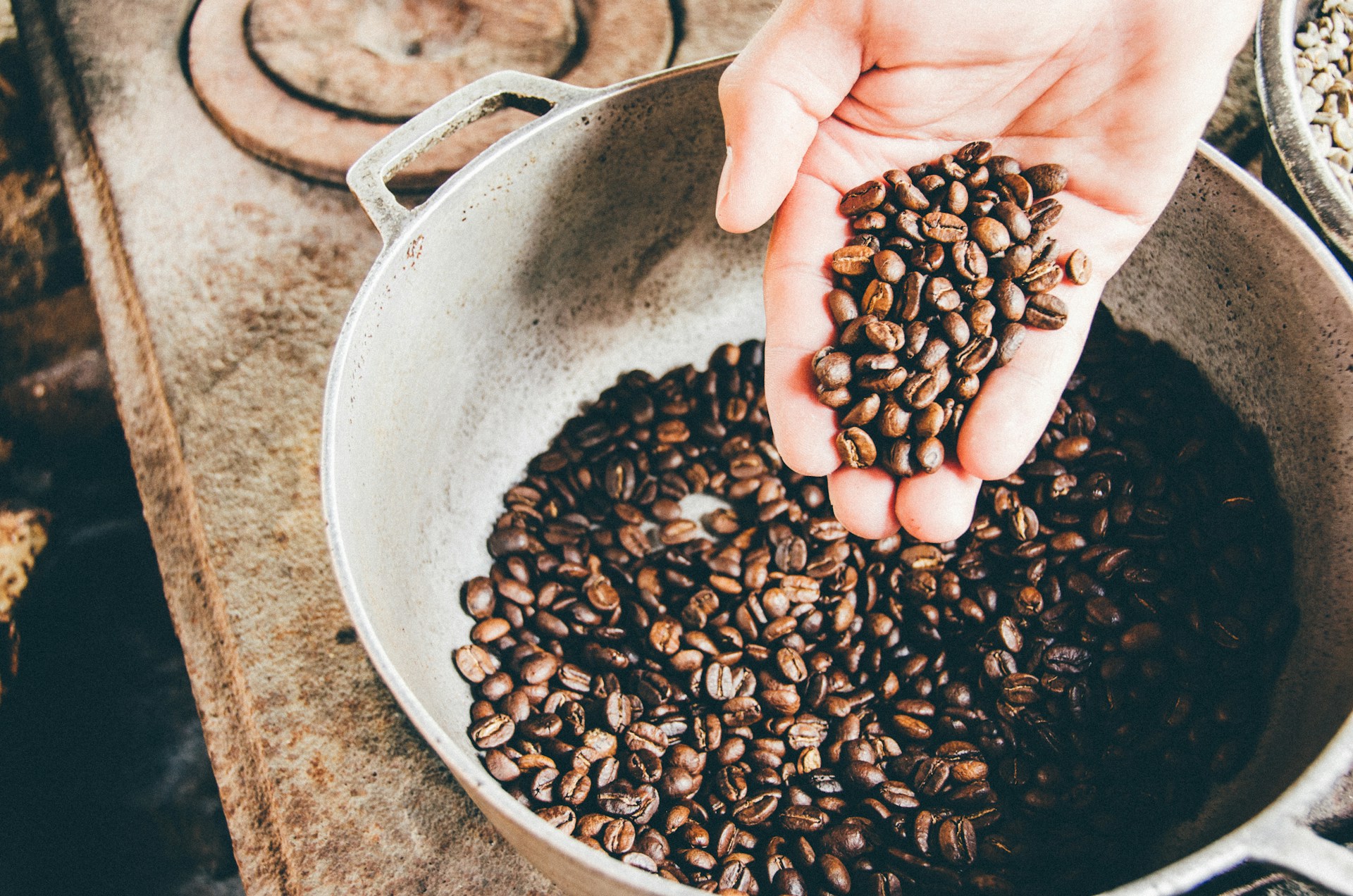For the average coffee drinker, using pre-ground, bagged coffee offers mess-free convenience to brew a simple cup of coffee. However, true coffee enthusiasts understand the power and value of grinding their whole coffee beans for maximum freshness and flavor. Although the process of grinding your coffee beans can seem intimidating, today’s selection of easy-to-use coffee grinders makes it easy to learn. I know I was once intimidated by the process, which now comes naturally. Here’s how to get started with a simple breakdown of everything you need to know about how to grind coffee beans.
Methods of grinding coffee beans

The process of grinding coffee beans depends on what method you’re using. There are various approaches to grinding coffee beans — ranging from a mortar and pestle method to using a burr grinder. Blade grinders are the most common type of home coffee grinder, but most at-home coffee enthusiasts (including me) prefer a burr grinder. Burr grinders deliver a more even and consistent grind, allowing you to easily adjust to brew anything from drip coffee to cold brew coffee.
Paul Pigott, co-founder of Podium Coffee Club, says, “A great cup of coffee starts with a great grind. Burr grinders outperform blade grinders by producing far more uniform grounds, which leads to a more balanced and flavorful cup of coffee. They also let you adjust the grind size to match your brewing method—fine for espresso, medium for drip, coarse for French press—ensuring you get the best flavor possible.”
“Unlike blade grinders, burr grinders minimize heat buildup during grinding, which helps preserve the delicate aromatics and flavors in freshly roasted beans. For coffee lovers, investing in a quality burr grinder is one of the easiest ways to elevate every cup,” Piggott says.
John Warfield of General Warfield’s Coffee agrees, stating that buying a burr grinder is worthy it to ensure consistency. “Inconsistency can throw everything off. Burr grinders give you an even grind, making your brew more predictable and better balanced. Blade grinders spin and chop the beans unevenly, which makes it harder to control the flavor,” says Warfield.
Steps to use a coffee grinder

Grinding your coffee beans is a personalized process that might vary depending on your preferred method and type of grinder. If you don’t want to use a separate coffee grinder, you could also opt for a coffee maker with a built-in grinder for ease of use. The general process of grinding coffee beans includes the following steps:
- Add your preferred whole bean coffee to your coffee grinder.
- Select the appropriate grind size for your brewing method. For example, you’ll need a coarse or extra-fine grind, whereas brewing espresso requires a finely ground coffee.
- Select the dose of coffee you need to prepare your desired drink. Consider how much you want to grind at once. (pre-grinding too much could sacrifice freshness)
- If using an electric coffee grinder, press the button to grind your coffee beans automatically. Manual coffee grinders will require a different process.
- Brew your coffee immediately to ensure it stays fresh.
Why grind your own coffee beans

According to Warfield, grinding your own coffee beans allows you to have more control over the exact grind size to match your preferred brewing type. “Grind size has a bigger impact on your coffee than most people realize. It’s not just about how fine or coarse it looks,” says Warfield. In addition, coffee will begin to lose its aroma and flavor the minute it’s ground. For that reason, opting to use whole bean coffee allows you to enjoy the oils and aromatics of fresh coffee, grinding it only right before use.
Warfield says, “It’s about how it controls the way water moves through the coffee and pulls out flavor as it’s brewed. If the grind is too fine, especially for methods like drip or French press, the water stays in contact with the coffee for too long and over-extracts it. That’s when you get bitter, harsh flavors. If it’s too coarse, the water rushes through too fast, and you end up with coffee that tastes weak or sour because it didn’t have enough time to pull out the good stuff.”
Learning how to grind coffee beans also means knowing the correct type of grind to use with various brewing methods. “For drip coffee, a medium grind works best. It should feel like sand between your fingers. French press needs a coarse grind, more like sea salt or breadcrumbs. Espresso is different. It needs a fine grind so that the pressurized water can do its job quickly. The rule of thumb is: the longer your brew time, the coarser your grind should be,” he says.




